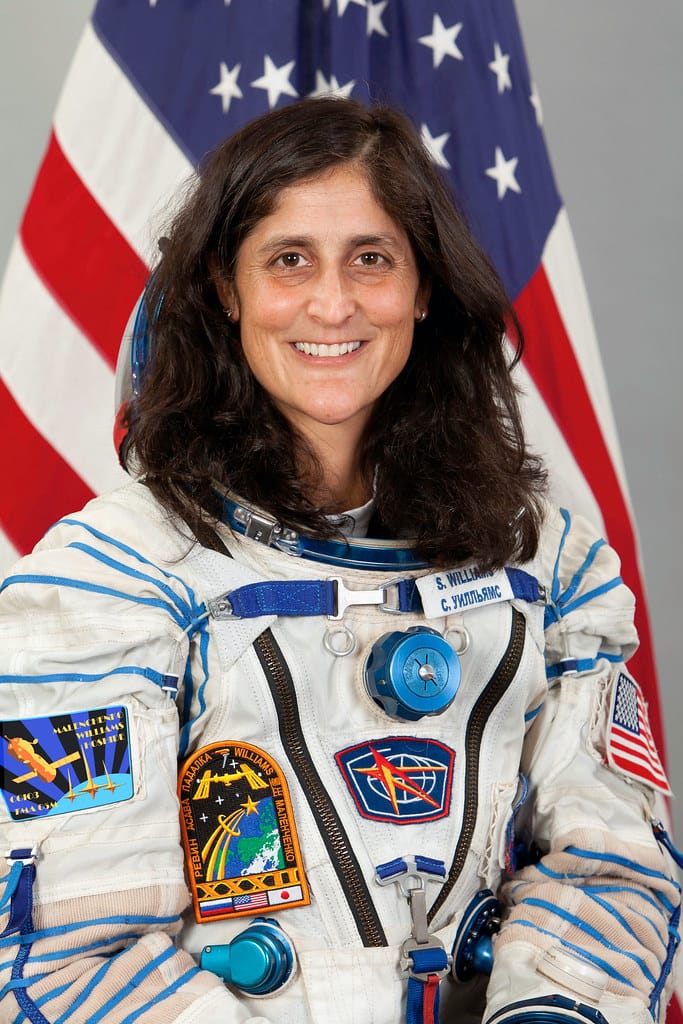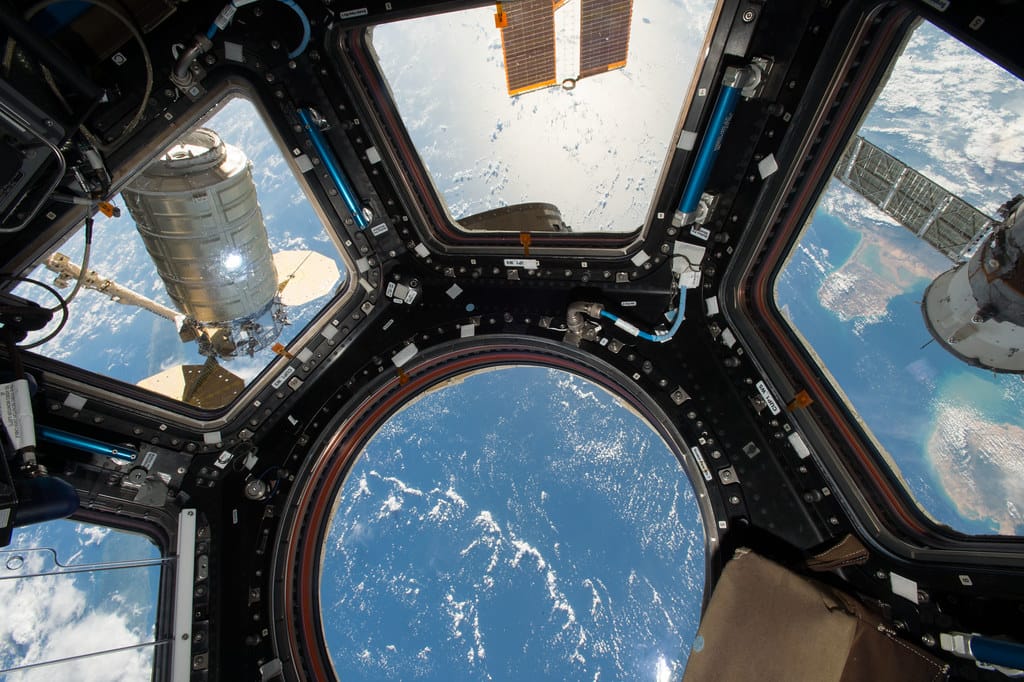Table of Contents
Introduction
Sunita Williams, one of NASA’s most experienced astronauts, has successfully returned to Earth after another groundbreaking mission. Known for her remarkable contributions to space exploration, Williams’ return marks yet another milestone in NASA’s efforts toward deep-space research. But what was the purpose of this mission, and how did her journey unfold? Let’s dive into the details.

Sunita Williams’ Space Journey
Williams, a veteran astronaut, has spent significant time in space over multiple missions. She held records for the longest spaceflight by a woman. She has been instrumental in various space expeditions and spacewalks. Her work also includes research conducted aboard the International Space Station (ISS). Her latest mission aimed at advancing NASA’s scientific objectives and preparing for future deep-space travel.
The Recent Mission
This latest journey was a part of a critical NASA initiative, focusing on testing new technologies and conducting essential research. The mission spanned several months. During this time, Williams and her crew worked on various experiments. They also performed spacewalks and maintenance activities aboard the ISS. The mission’s primary goal was to pave the way for upcoming human spaceflights beyond low Earth orbit.
Challenges Faced in Space
Like any space expedition, Sunita Williams’ mission wasn’t without challenges. Living in a microgravity environment for a long time is difficult. It causes muscle loss. It also leads to changes in vision and psychological effects due to isolation. Additionally, the team faced minor technical issues with spacecraft systems that required quick thinking and problem-solving skills.
The Return Journey
Returning to Earth is a complex and highly calculated process. Williams and her team had to undergo meticulous preparations for reentry. They ensured their spacecraft would withstand the extreme conditions of Earth’s atmosphere. The reentry capsule followed a precise trajectory to land safely at the designated location.
Sunita Williams’ Safe Landing
Upon landing, medical personnel were on standby to assist Williams and her crew. Astronauts undergo immediate health checkups to monitor the effects of prolonged weightlessness on their bodies. Despite the challenges, Williams appeared in good health and high spirits, expressing gratitude for a successful mission.
The Impact of Her Return
Williams’ return provides NASA with valuable data. This data will contribute to future space missions. It is particularly useful for missions aiming for the Moon and Mars. Her experiences and insights will help refine astronaut training programs and improve the design of spaceflight systems.
Personal Reflections
In her post-mission statements, Williams emphasized the importance of perseverance and curiosity in the field of space exploration. She encouraged young aspiring astronauts to dream big and pursue careers in science and technology.
The Future of Space Exploration
NASA is preparing for the Artemis missions. It is also planning further deep-space explorations. Astronauts like Sunita Williams play a crucial role in shaping the future of human spaceflight. Her contributions will inspire a new generation of explorers aiming to venture beyond Earth.

Conclusion
Sunita Williams’ return from space marks another successful chapter in NASA’s long history of exploration. Her mission not only contributed to scientific advancements but also inspired millions around the world. As we look forward to future missions, one thing is clear—space exploration is only just beginning.
FAQs
1. When did Sunita Williams return from space?
Sunita Williams recently completed her mission and safely returned to Earth. The exact date varies depending on the mission timeline.
2. What was her mission’s main objective?
Her mission aimed to conduct scientific research, test new technologies, and prepare for future deep-space missions.
3. How long did she stay in space?
Williams’ latest mission lasted several months, though she has spent a cumulative total of over 322 days in space across her career.
4. What are the health effects of space travel on astronauts?
Prolonged space travel can cause muscle loss, bone density reduction, vision changes, and psychological effects due to isolation and microgravity.
5. What’s next for Sunita Williams?
While specific future missions are yet to be announced, Williams is expected to continue contributing to NASA’s programs through training, mentoring, and possibly another space mission.



